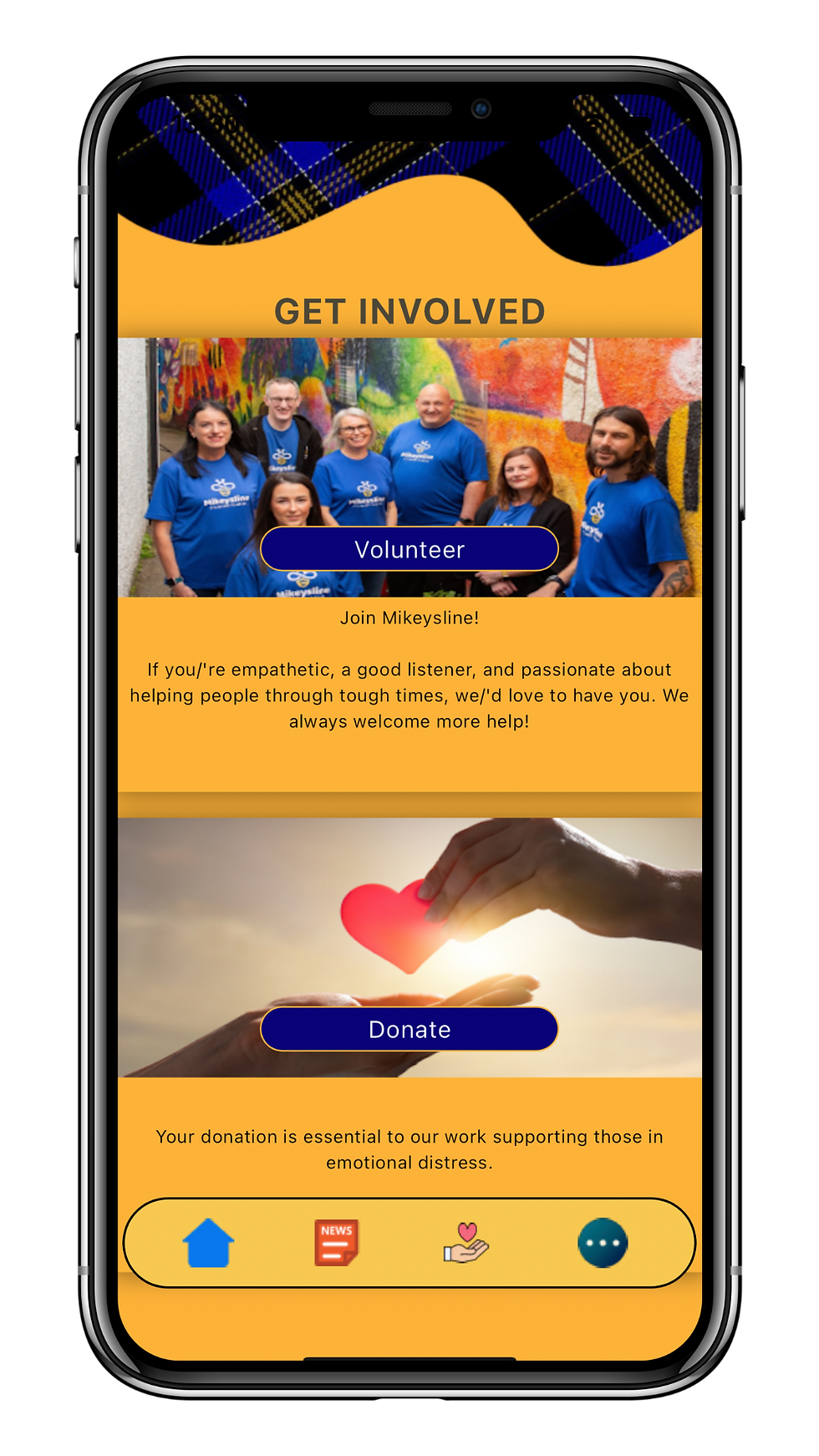Are you missing out on 50% of possible donations?
- James Armstrong

- Aug 19, 2024
- 4 min read

The preference for using a mobile app over a website to donate to charities varies depending on factors like demographic, convenience, and user experience. While specific percentages can fluctuate, studies and surveys provide some general insights:
1. Rise of Mobile Giving
Mobile Penetration: The proliferation of smartphones has dramatically changed how people engage with online content. As of 2023, approximately 85% of the global population owns a smartphone, which has driven the shift towards mobile-first interactions, including charitable giving.
Mobile Transactions Growth: According to a 2022 report by MobileCause, mobile transactions for charitable donations have been growing at a rate of 10-15% annually over the past five years. This trend indicates a clear preference shift towards mobile devices for making donations, driven by the convenience and speed of mobile apps.
2. User Preferences and Behaviour
Convenience and Ease of Use: Mobile apps often offer a more streamlined and user-friendly experience compared to websites. They are designed for quick access, easy navigation, and minimal steps to complete a transaction. A 2021 Pew Research study highlighted that 60% of mobile users prefer apps over websites for tasks that involve repetitive actions, such as recurring donations, due to the ease of logging in, saving payment details, and accessing personalised content.
Instant Gratification: A report from Non-profit Source in 2020 found that 35% of donors cited the ability to make instant donations via mobile apps as a key reason for their preference. The immediacy of transactions without the need to go through multiple website pages appeals to users who value efficiency.
3. Generational Insights
Millennials and Gen Z: These younger generations are digital natives who are more comfortable with mobile technology. A 2021 survey by CauseVox revealed that 47% of Millennials and 55% of Gen Z donors are

likely to use a mobile app to make charitable donations. They appreciate the integration of social media sharing, gamification, and push notifications that apps provide.
Older Generations: While Baby Boomers and Gen X are generally more comfortable with desktop-based transactions, there is a growing trend among these groups towards adopting mobile apps, particularly as apps become more user-friendly and secure. A 2022 study by Blackbaud showed that 25% of Baby Boomers now prefer using mobile apps for their donations, a number that has steadily increased as these apps have become more intuitive.
4. Security and Trust
Enhanced Security: Mobile apps often offer better security features compared to websites, such as biometric authentication (fingerprint or facial recognition) and two-factor authentication. A 2022 survey by NortonLifeLock found that 70% of users feel more secure using mobile apps for transactions because of these advanced security features.
Trust and Credibility: Apps listed on official platforms like the Apple App Store and Google Play Store go through rigorous vetting processes, which can enhance the perceived credibility and trustworthiness of the charity. A 2020 Global Trends in Giving Report noted that 40% of donors trust mobile apps more than websites for making secure transactions.
5. App-Specific Features Enhancing Engagement
Personalisation: Apps can provide personalised experiences based on user data, making it easier to tailor content and appeals to individual preferences. A 2021 Salesforce report indicated that 50% of donors are more likely to give through a mobile app that offers personalised content and donation recommendations.
Push Notifications: The ability to send push notifications is a unique advantage of mobile apps. Nonprofit Tech for Good found in 2021 that charities utilising push notifications saw a 30% increase in donation rates compared to those relying solely on email or website prompts. Notifications can remind users of ongoing campaigns, upcoming events, or urgent appeals, keeping the charity top-of-mind.
6. Recurring Donations and Donor Retention
Ease of Setting Up Recurring Donations: Mobile apps simplify the process of setting up and managing recurring donations. According to 2022 data from Network for Good, charities that offer recurring donation options through a mobile app see a 50% higher retention rate compared to those that only offer it through a website.
Retention Through Engagement: A 2021 report by DonorDrive showed that users who engage with a charity’s mobile app at least once a month are 2.5 times more likely to continue supporting the charity over time compared to those who only engage via a website.
7. App-Based Fundraising Campaigns
Interactive Campaigns: Mobile apps can host gamified campaigns and challenges that are designed to engage users more deeply. For instance, apps that allow users to set fundraising goals and track their progress tend to see higher engagement. CrowdRise reported in 2022 that app-based campaigns raised 30% more funds per donor compared to web-based campaigns.
Peer-to-Peer Fundraising: Apps can facilitate peer-to-peer fundraising by allowing users to share campaigns and progress directly within the app, often leading to higher participation rates. A 2020 study by Classy found that peer-to-peer campaigns run through mobile apps generated 25% more in donations than those run through websites.
Conclusion
Overall, while websites still play a critical role in online giving, mobile apps are increasingly preferred by a significant portion of donors, especially younger ones, due to their convenience, security, and ability to offer personalised, immediate, and engaging experiences. Charities that invest in mobile apps are likely to see higher donor engagement, increased donation frequency, and better donor retention, making mobile apps a powerful tool in modern fundraising strategies.




Comments